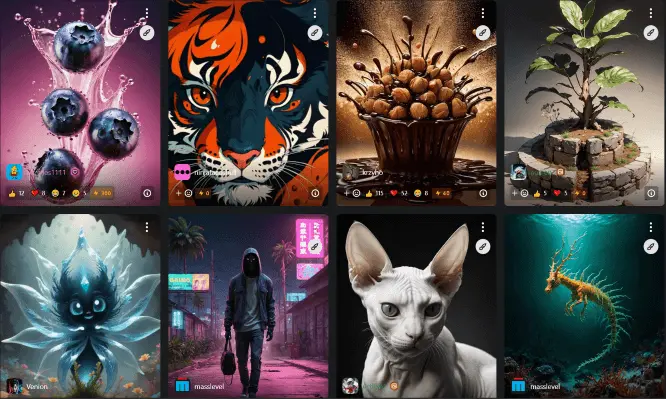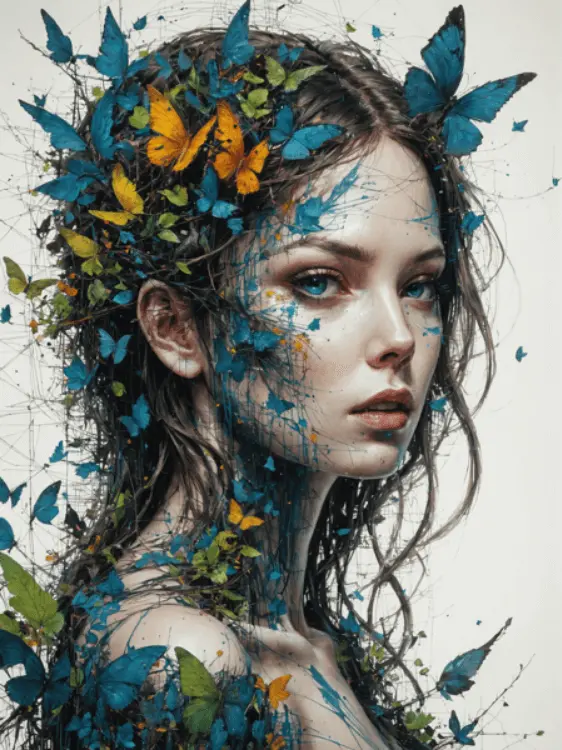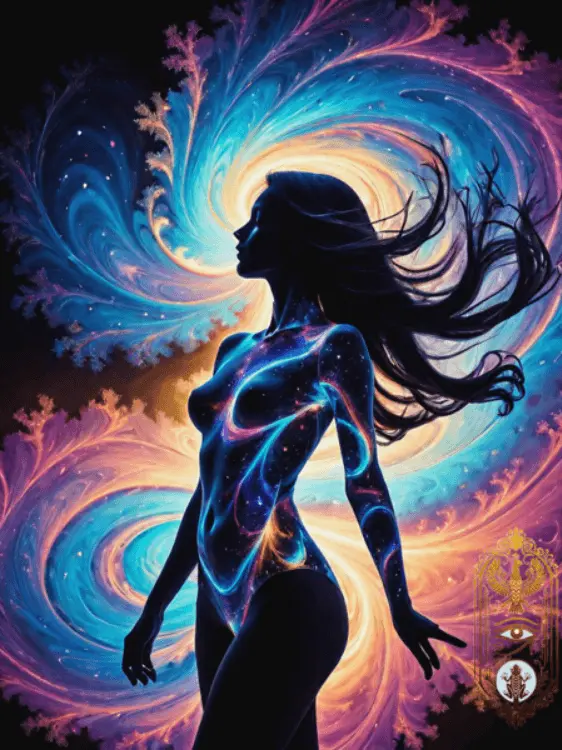As we move further into 2024, the landscape of Stable Diffusion and open-source image generation has been developing at a steady rate thanks to the emergence of model hosting sites like Civitai. Stable Diffusion has quickly become one of the most powerful and versatile AI image generation tools, with a thriving ecosystem of community-created models.

Based on our research and personal testing, we’ve decided to share a few of the top Stable Diffusion models in 2024 and what they excel at – along with an example image for each model. Please note that we have compressed the example images, so they may not appear at full resolution and quality. You can visit the model page to see more example images.
DreamShaper Lightning XL
The DreamShaper Lightning XL model is a favorite among many for its excellent overall image quality, speed, and ability to preserve facial details, especially when using character LoRAs trained on the base SDXL model. It handles a wide range of art styles well, from photorealism to stylized art.
Model download page: https://huggingface.co/Lykon/dreamshaper-xl-lightning
Example image:

Juggernaut XL
Juggernaut XL is heavily optimized for photorealism. It’s currently one of the go-to choices for ultra-realistic images like product shots, portraits, and landscapes. Its “cinematic” style can sometimes be difficult to avoid, so it works best when realism is the main goal.
Model download page: https://civitai.com/models/133005?modelVersionId=357609
Example image:

BonoboXL
The BonoboXL model is versatile and adept at handling both realism and artistic styles. BoboXL particularly shines with creative compositions and unconventional visual ideas. It’s great for expressing your creativity and visualizing some really interesting concepts!
Model download page: https://civitai.com/models/209846?modelVersionId=361788
Example image:

Pony Diffusion
Pony Diffusion is currently the reigning champion for anime and manga aesthetics. Pony understands anime tagging better than most, allowing for precise control over character traits. It pairs especially well with style and character LoRAs. Without LoRAs it can be a bit difficult to produce good quality images, so we recommend pairing this one with a LoRA for best results.
Model download page: https://civitai.com/models/257749/pony-diffusion-v6-xl
Example image:

Older vs Newer Models
While the classic Stable Diffusion 1.5 base models like Photon and Epic Realism are still usable, they have largely been surpassed by fine-tuned models built on the newer SDXL architecture. The 1.5 models often require more careful prompting and LoRA adjustments to achieve desired styles. In contrast, the SDXL models tend to be more adaptable out-of-the-box.
One downside, however, is that they do sadly require more VRAM to run. If you still want to try SDXL and only have a budget GPU, you can always try SSD-1B as an alternative. We previously published a guide on how to run SDXL with low VRAM using SSD-1B.
That said, some 1.5 models like Analog Madness and Cyber Realistic still have diehard fans for certain aesthetic niches. Building custom LoRA packages trained on your preferred 1.5 model can also yield amazing specialized results.
Prompting Requirements
It’s important to note that different models can have vastly different prompting requirements to achieve optimal results. Some models like Pony Diffusion rely heavily on specific anime tag syntax for best outcomes, which can be extremely confusing when just starting out. Other models may be very sensitive to negative prompt keywords.
In general, the more recent SDXL models tend to be more flexible with naturalistic prompting. But maximizing their potential often requires understanding each model’s training data, strengths, and quirks. Experimentation and just exploring community tips often posted in the Civitai comments are a great way to optimize your prompting!
Model Sources
While many of the top models can be found on sites like Civitai, some may only be available through sources like HuggingFace. It’s worth checking multiple repositories when hunting for that perfect model.
Licensing
Be aware that not all models use permissive open source licensing. Anything based on the Stability AI “Turbo” architecture, for example, requires a non-commercial license. You should always double check terms before using models for commercial work.


